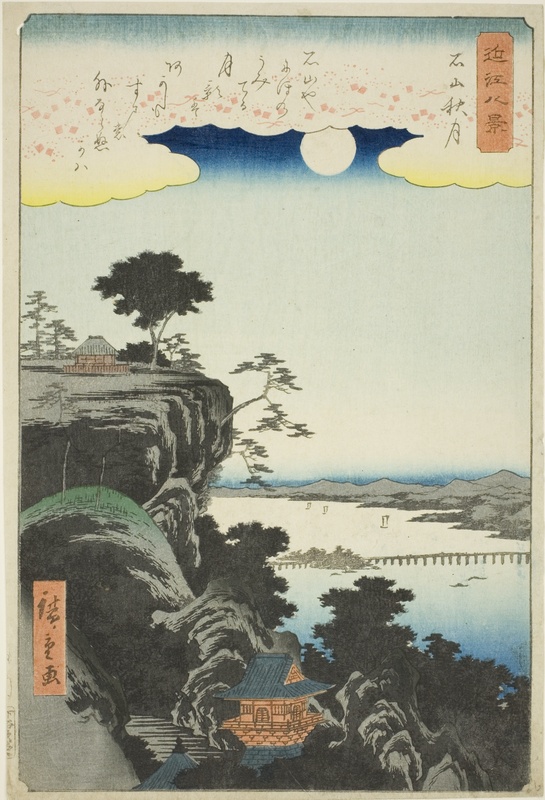The Edo Period (1615-1868)
The Edo period was considered a time of peace, stability, and prosperity in Japan. This era was ushered in by Tokugawa leyasu’s (1543-1616) territorial unification of Japan, leading to the creation of a powerful new Japanese government. The Tokugawa shogunate government – a conservative military dictatorship – ruled for over 250 years. So called because the capital of the country was situated in Edo (modern day Tokyo), the Edo period saw the creation of new, vibrant urban pleasure districts in major cities, including Edo and Kyoto.
These new urban districts were able to grow during the Tokugawa shogunate because of the more stable economy and peaceful period that came after the conquering of territories in the Azuchi-Momoyama period, an era of war and disorder as two warlords attempted to unify the country. These districts attracted all kinds of merchants, artisans, crafters, and entertainers, which ultimately shaped the styles of art and the tastes of consumers throughout Japan. Kabuki Theater became a wildly popular form of entertainment and subject of Ukiyo-e art, and tourism in the form of pilgrimages across Japan to visit temples, shrines, and other sites made popular by traditional stories and classical poems became a popular choice for vacationing or downtime.
One of the most popular Ukiyo-e prints, “The Actor Otani Oniji III as Edobei” by Tōshūsai Sharaku, depicts a famous actor striking a pose on stage, wearing the elaborate makeup and costume of a Kabuki actor. In contrast to this scene from the entertainment district, the print “Autumn Moon Over Ishiyama Temple” by Utagawa Hiroshige (1797-1858) shows just one of the famous places in Japan that tourists would have visited on their pilgrimages.
Ukiyo-e wanted to capitalize on the simple pleasures of life as well as the entertainment districts. Images of animals, landscapes, and other parts of nature like flowers and fruit were also popular subjects. These prints were usually sold together in picture books, or sometimes created to accompany calendars being sold. “Cranes on a Snow-Covered Pine” was probably in the latter, as the artist, Katsushika Hokusai (1760-1849), often sold his works together in books of like images. While appreciation and reverence for the different seasons in Japan was a common subject for scholars and elites to write poems about, common middle-class people were only able to do so after the Edo period afforded them a chance to relax and explore entertainment outside of their work and home lives.


